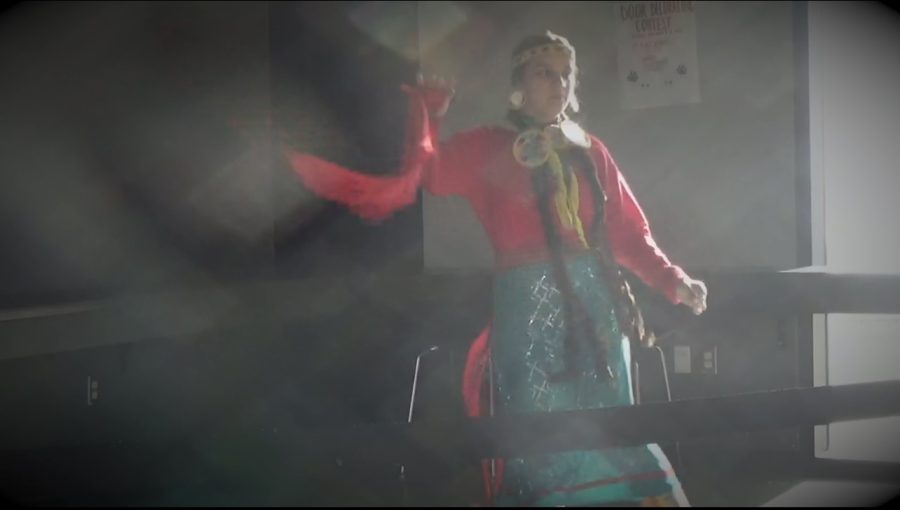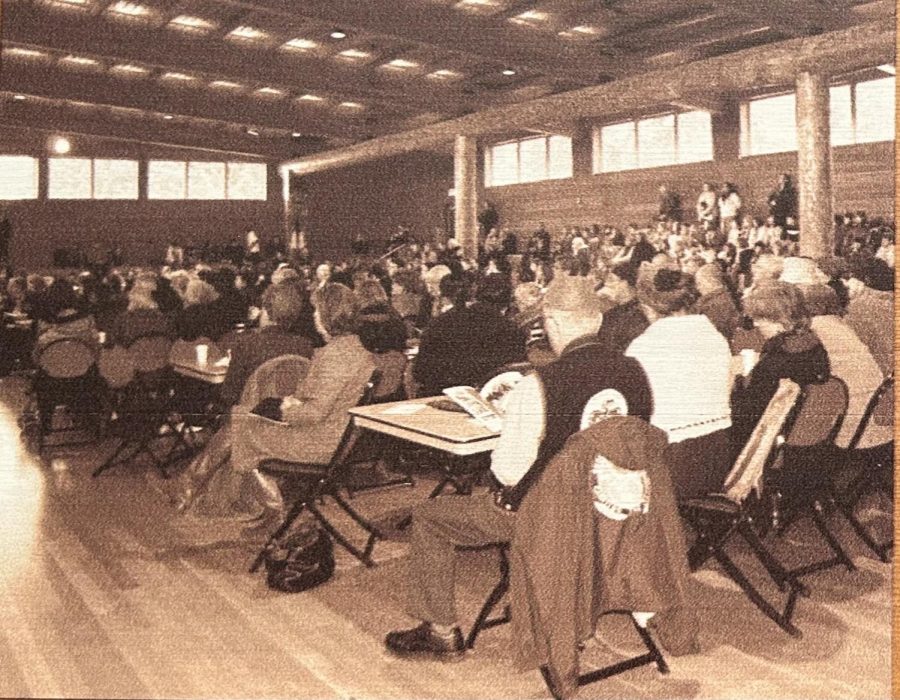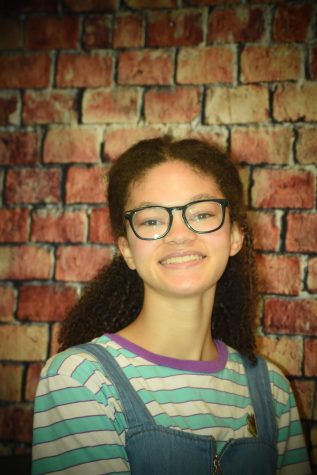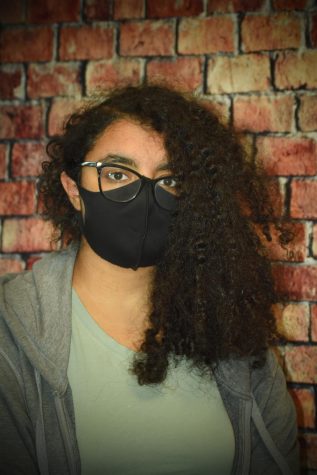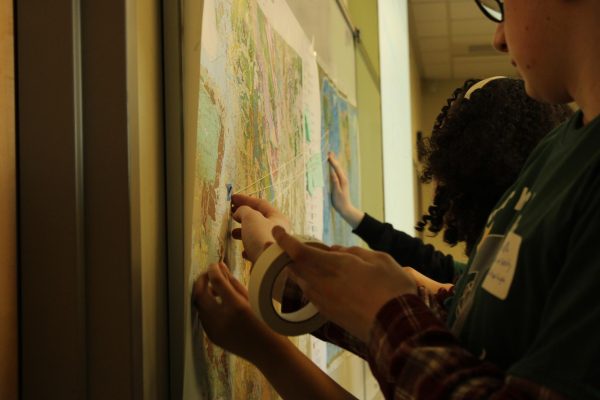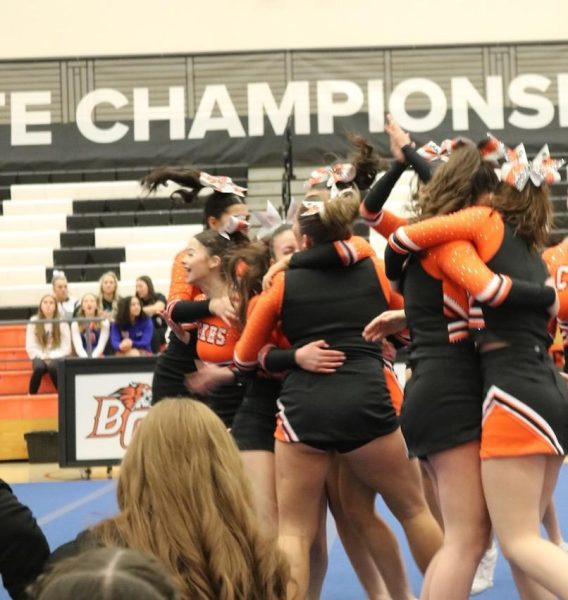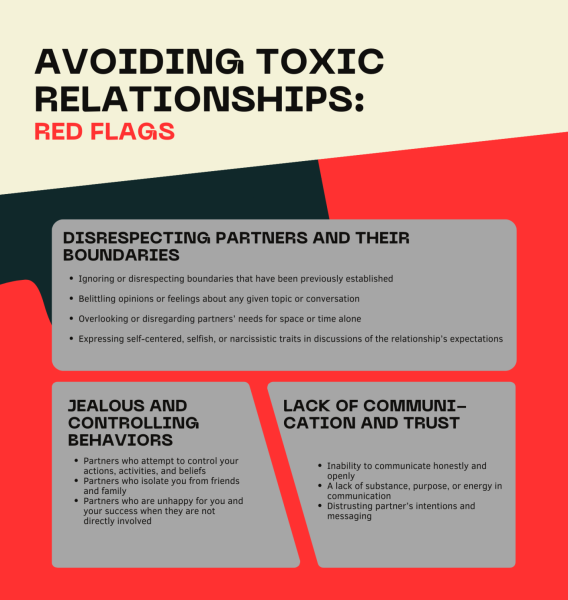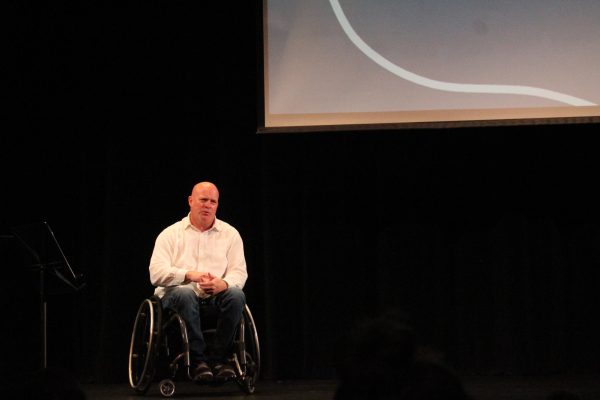How Indigenous Youth Keep Their Culture Alive
Traditions that keep alive the culture that was attempted to be erased
via the Central Kitsap High School Broadcast
Emri Brien doing the traditional dance of her crow tribe
Western Washington, Kitsap County in particular, is home to the Suquamish tribe of Indigenous Americans. Many locations are named based on original names in Lushootseed, the traditional language of the Suquamish people. However, due to colonization, many of what remains of Suquamish culture is delegated to just the names. Through the programs in place and the strong community found in Kitsap County, native youth find connections to their culture in a world that is essentially whitewashed.
Some areas, such as the Old Man House on the outskirts of what is now Poulsbo, was burned down in 1870. The historical home of Suquamish Chief Si’ahl, anglicized to Chief Seattle, was only given back to the Suquamish tribe in 2004, long after their land had been reduced to reservations. However, with these cultural erasers in place, the new generation of these tribal members still create strong connections with their heritage.
The Indigenous communities in America were purposefully destroyed and assimilated in an effort to get them to fit into European settler culture, done through the forced education of Native American kids in residential schools.
Denita Holmes, a Suquamish tribal youth leader, was only able to experience part of her tribal culture once she was in high school, since her great great grandmother had to choose between staying on a reservation and risking her children being taken from her, or moving away from the community.
“During that time during my great great grandmother’s life, they were taking children off the reservation and putting them into boarding schools,” Holmes said about her learning of her culture. “There was a time in my mothers life, and my grandmother’s life where they didn’t want to know a lot about the culture… it could have just been trauma or they felt it was too old for them.”
This is part of what prevents younger generations from knowing the language, arts, and songs of their tribe. The customs of these Indigenous groups are passed on through learning from elders, but that is hard to do when those elders are deprived of the learning stage.
Washington state houses 29 federally recognized tribes, as well as people who have moved from other states and brought their family and cultural practices here. Joining together in ceremonies is a big part of staying connected for tribal youth.
“Me and my family constantly go on native trips with our tribe doing singing, dancing, and all kinds of gatherings,” Justice Hanekin, 11th grader at Central Kitsap High School and member of the Port Gamble S’Klallam tribe in Kingston Washington, said.
Immersing themselves in the culture every way they can helps Indigenous youth still have a strong cultural identity while being so deep into the culture that is now American. Many tribes, even the ones not native to Washington state, have made communities within Kitsap County where they can practice their culture and traditions, sharing them with their children.
“I would always take part in dances and my dad would have us speak the language at home, like practicing and learning it.” Liyah Garcia-Marmalejo, junior and member of the Laguna Pueblo of New Mexico, said about her culture. “…And then also learn the history of our ancestors.”
Similarly, other Indigenous youth find attachment to their culture through larger groups and activities, usually related to their tribe.
“We do ceremonies,” Emri Brien, junior and member of the Crow tribe of southern Montana, said. “We do traditional singing, traditional dancing, and traditional beadwork styles. I participate in dances… traditional dances such as jingle dressing and fancy shawl.”
Jingle dressing refers to a type of regalia and dancing style, indicated by a dress covered in jingles and an emphasis on footwork done low to the ground. Fancy shawl is a lighter and more fluid style of competitive dancing, with emphasis on the shawl the competitor wears.
There are 574 native tribes around the United States recognized by the U.S. government, who once had specific areas that they lived in together based on territories. Now, with people moving for jobs, education, or the military, more different tribes are spread out beyond their native lands, like Jana Riley, who, like Garcia-Marmalejo, is a member of the New Mexico Pueblo, Laguna Pueblo.
“This past weekend [being away from a traditional ceremony] was very hard for us being here… our spirit will be [in New Mexico] even though our human self is here,” said Riley, who is a member of the Central Kitsap High School’s Indigenous Student Union.
The Indigenous Student Union provides Indigenous students a place to talk to alike people about their cultures and discuss topics, such as books and movies about Indigenous Americans.
Even though some native youth are unhappy about being so far away from their tribes, there are others who stay optimistic, which they say is due to Kitsap county and its welcoming atmosphere.
“I think the community really brings together all cultures and tribes and I try to make the most of it, even if I’m far away from my home area,” Brien said.
Surrounding themselves with other people who have similar experiences and practicing their culture through family and tribe tradition is the main way the Indigenous American youth can stay connected to their culture, even through a world that was built on destroying it.
If further interested in the local Indigenous cultures of Washington State, the Suquamish tribal museum has tribal members and teachers that have information about the native tribes of Washington. If you are a student of Central Kitsap High School that wants to be a part of the Indigenous Student Union, contact the union’s advisor, Laramie Amezquita, with her email for any questions.

